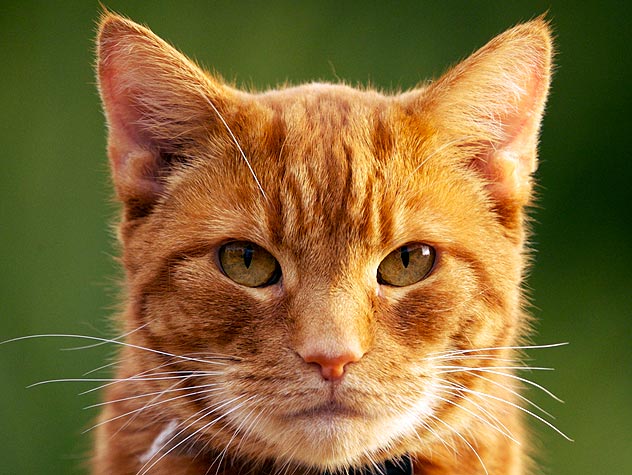Mini Sheet: Cats (Afghanistan 2000)
Cats (Afghanistan 2000)
01 January (Afghanistan ) within release Cats 2000 goes into circulation Mini Sheet Cats face value 9*3000 Afghan afghani
| Mini Sheet Cats in catalogues | |
|---|---|
| Colnect codes: | Col: AF 2000-22 |
Mini Sheet is square format.
This item has been denounced in Afghanistan 2003 UPU Circular 2 as illegally produced without the authorization of the postal administration. They have no postal validity. Please view Afghanistan stamps in the main stamp category to see validated stamp issues.|
Data entry completed
53%
|
|
|---|---|
| Mini Sheet Cats in digits | |
| Country: | Afghanistan |
| Date: | 2000-01-01 |
| Print: | Offset lithography |
| Emission: | Illegal |
| Format: | Mini Sheet |
| Face Value: | 9*3000 Afghan afghani |
Mini Sheet Cats it reflects the thematic directions:
Animals are multicellular, eukaryotic organisms of the kingdom Animalia (also called Metazoa). All animals are motile, meaning they can move spontaneously and independently, at some point in their lives. Their body plan eventually becomes fixed as they develop, although some undergo a process of metamorphosis later on in their lives. All animals are heterotrophs: they must ingest other organisms or their products for sustenance.
The domestic cat (Latin: Felis catus) is a small, typically furry, carnivorous mammal. They are often called house cats when kept as indoor pets or simply cats when there is no need to distinguish them from other felids and felines. Cats are often valued by humans for companionship and for their ability to hunt vermin. There are more than 70 cat breeds, though different associations proclaim different numbers according to their standards.
Cats are similar in anatomy to the other felids, with a strong flexible body, quick reflexes, sharp retractable claws, and teeth adapted to killing small prey. Cat senses fit a crepuscular and predatory ecological niche. Cats can hear sounds too faint or too high in frequency for human ears, such as those made by mice and other small animals. They can see in near darkness. Like most other mammals, cats have poorer color vision and a better sense of smell than humans. Cats, despite being solitary hunters, are a social species and cat communication includes the use of a variety of vocalizations (mewing, purring, trilling, hissing, growling, and grunting), as well as cat pheromones and types of cat-specific body language.


